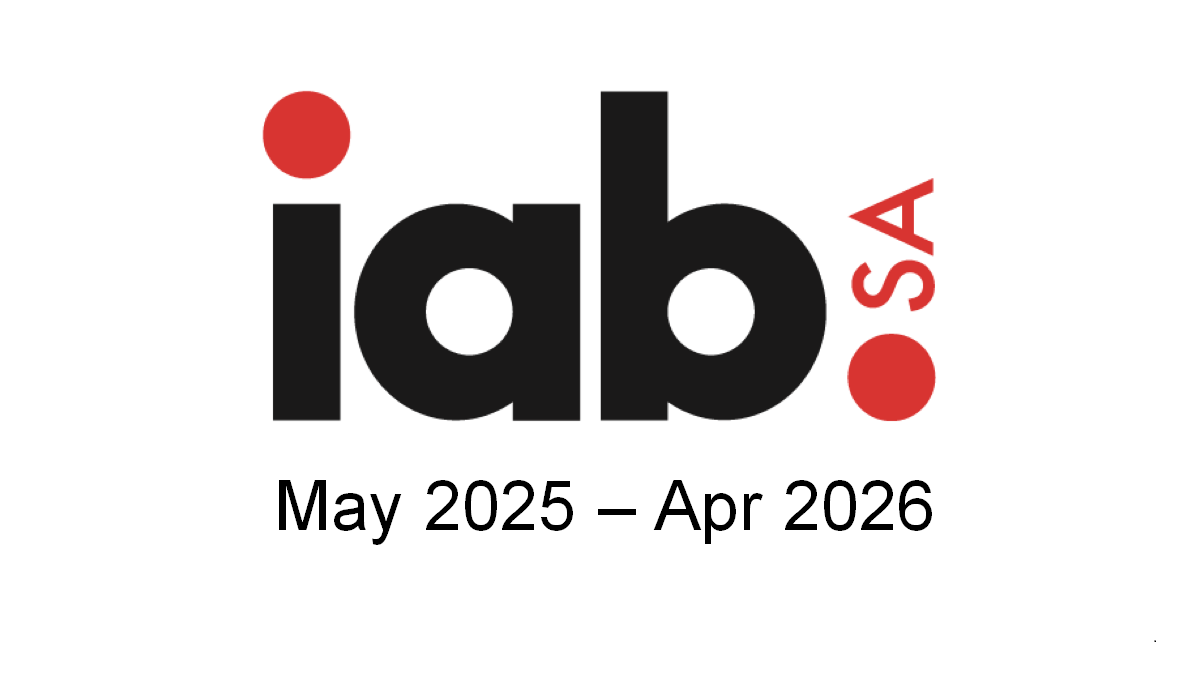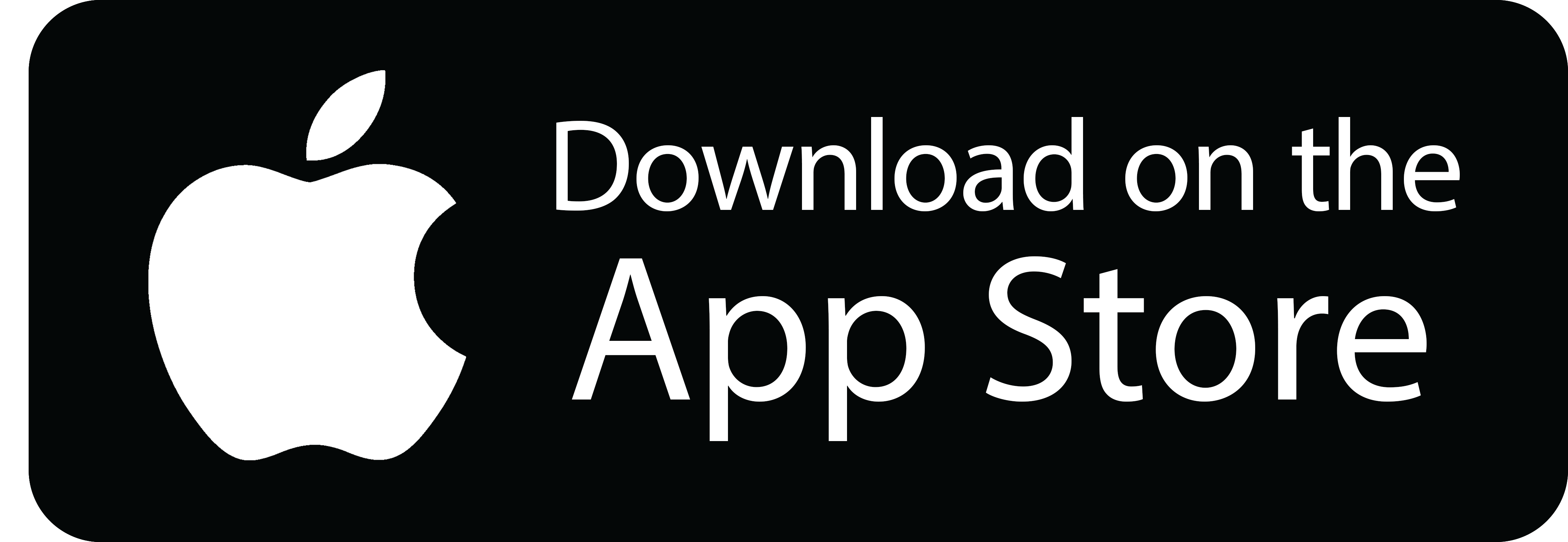Accidents happen in an instant, often leaving families with unexpected medical expenses that extend far beyond what medical aid covers.
Whether it’s emergency treatment, ambulance services, hospitalisation, or specialist care, these costs can accumulate rapidly, creating a significant financial burden.
This is where gap cover becomes a vital safety net.
Accident benefits help bridge the gap between what medical aid pays and the actual costs, ensuring that families are not left struggling to cover essential medical expenses.
From minor injuries to life-threatening emergencies, medical costs can vary significantly.
In severe cases, accidents that require hospitalisation for life-threatening injuries are classified as prescribed minimum benefits, meaning medical aids generally cover these expenses in full.
However, the financial -burden does not end there. Many accident-related costs, including step-down care, rehabilitation and specialist consultations, may not be
fully funded by medical aid.
For less severe accidents, such as a fall resulting in a broken arm, medical aid may only cover a portion of the costs.
This includes specialist consultations, surgical procedures and diagnostic tests such as X-rays and MRIs, all of which can lead to substantial shortfalls.
This is where gap cover steps in to absorb these excess costs, preventing financial strain on families.
A crucial but often overlooked expense in accident-related care is casualty visits. Many people assume that medical aid will cover emergency room treatment, but in reality, medical aids frequently deduct these costs from a member’s medical savings account, if they have one, or exclude them entirely.
A gap cover casualty benefit ensures that clients are reimbursed for these expenses.
Some gap covers also have value-adds that aid in supporting clients in the event of an accident.
For example, in addition to covering shortfalls for in–hospital procedures, certain gap covers will provide benefits for trauma recovery care, such as rehabilitation when medical aid benefits have been exhausted.
Furthermore, certain gap -cover options include personal accident benefits.
In the unfortunate event of a principal member’s passing due to an accident, these will provide a lump sum payout to the surviving spouse.
Similarly, if a policyholder becomes permanently or totally disabled as a result of an accident, a lump sum payout is provided.
Many people find themselves facing substantial medical bills following accidents, and when gap cover benefits cover shortfalls that they otherwise would have had to pay out-of-pocket, this is a tremendous relief.
For example, one Turnberry client suffered torn knee ligaments, a common sporting injury, with a total medical claim of R66 371.06.
Medical aid covered just R13 990.50 of this, with a shortfall of R52 380.56, which was fully covered by gap cover.
Accidents are unpredictable, but their financial impact doesn’t have to be.
Gap cover accident benefits provide essential support by covering medical aid shortfalls, funding casualty visits, and offering additional personal accident benefits.
Founded in 2001, Turnberry is a registered financial services provider that specialises in accident and health insurance, travel insurance and funeral cover.
Turnberry’s gap cover products are available to clients on all medical aid schemes.
Turnberry is well represented nationally, with its head office based in Bedfordview, Johannesburg, with business development managers in Cape Town and Durban.
The Turnberry team’s focus on outstanding client service comes from having extensive experience in the financial services sector and is underwritten by Lombard Insurance, which is an authorised financial services provider and insurer conducting non-life insurance business.
- White is director of sales and marketing at Turnberry Management Risk Solution



